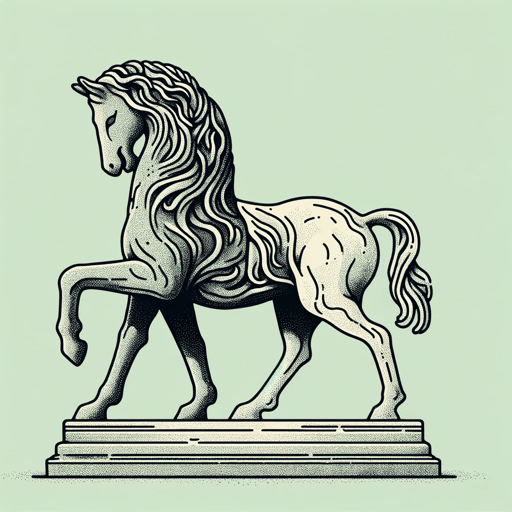26 pages • 52 minutes read
Jorge Luis BorgesThe Circular Ruins
Fiction | Short Story | Adult | Published in 1940A modern alternative to SparkNotes and CliffsNotes, SuperSummary offers high-quality Study Guides with detailed chapter summaries and analysis of major themes, characters, and more.
Background
Literary Context: “The Circular Ruins” as a Response to Modernist Literature
Artists feel strongly about their methods and will sometimes engage in heated debate about how things should be done. When Borges was rising in prominence among literary circles in the 1920s, it was common to engage in discussions about writing style and how to best achieve greatness in their art form.
At the time, much of popular Spanish literature adhered to a Modernist perspective. Modernists were inspired by the age’s preoccupation with machines—spurred by the Industrial Revolution—and so expressed a conscious break from recognized literary norms. Modernist literature was usually characterized by an emphasis on individualism and experimentation with form, absurdity, and symbolism. Modernist writers often employed a narrative device known as stream of consciousness, which reflects how a character thinks regardless of inconsistencies or how chaotic the thought process might be. This technique seeks to emulate the uninterrupted flow of thoughts as they occur in a character’s mind. Sentences may be fragmented, lacking conventional punctuation, and transition seamlessly from one thought to the next.
Borges was adamantly opposed to Modernist literature, even though he employed some of their methods at times.
Related Titles
By Jorge Luis Borges
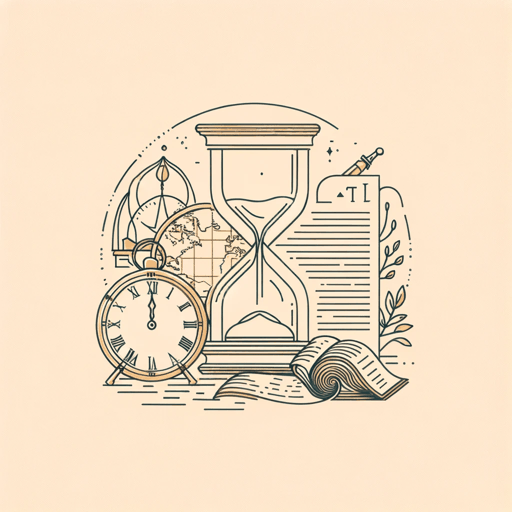
Borges and I
Jorge Luis Borges

Ficciones
Jorge Luis Borges
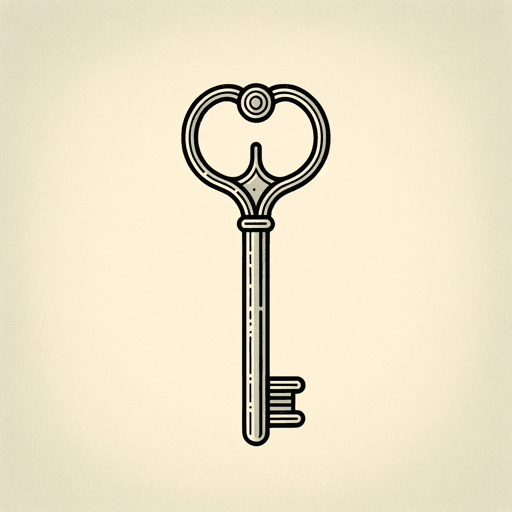
In Praise of Darkness
Jorge Luis Borges
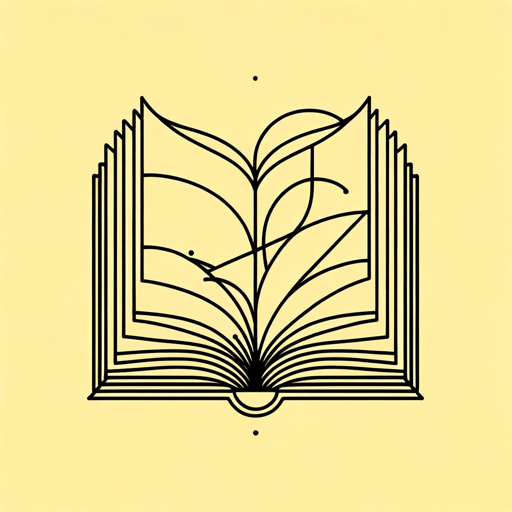
Pierre Menard, Author of the Quixote
Jorge Luis Borges
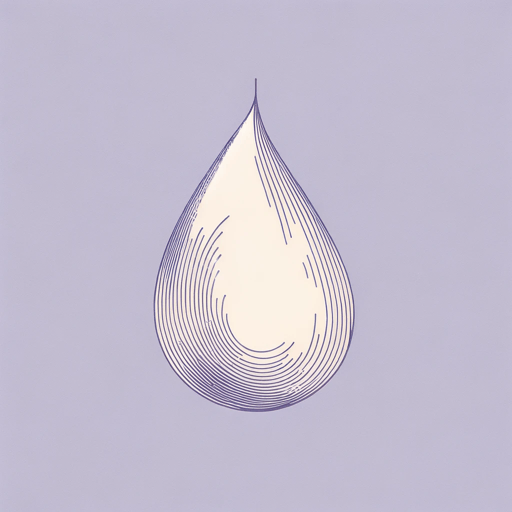
The Aleph
Jorge Luis Borges

The Aleph and Other Stories
Jorge Luis Borges
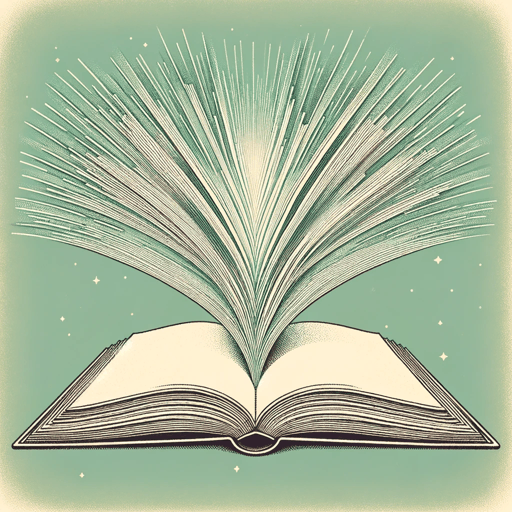
The Book of Sand
Jorge Luis Borges
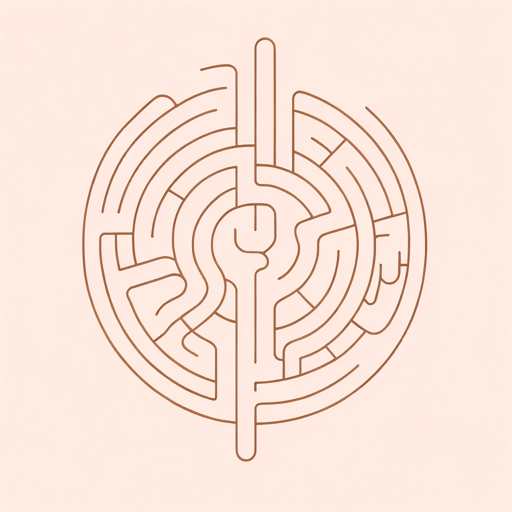
The Garden of Forking Paths
Jorge Luis Borges
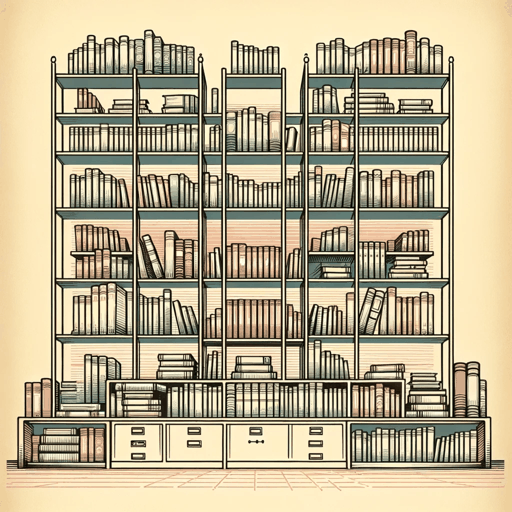
The Library of Babel
Jorge Luis Borges
